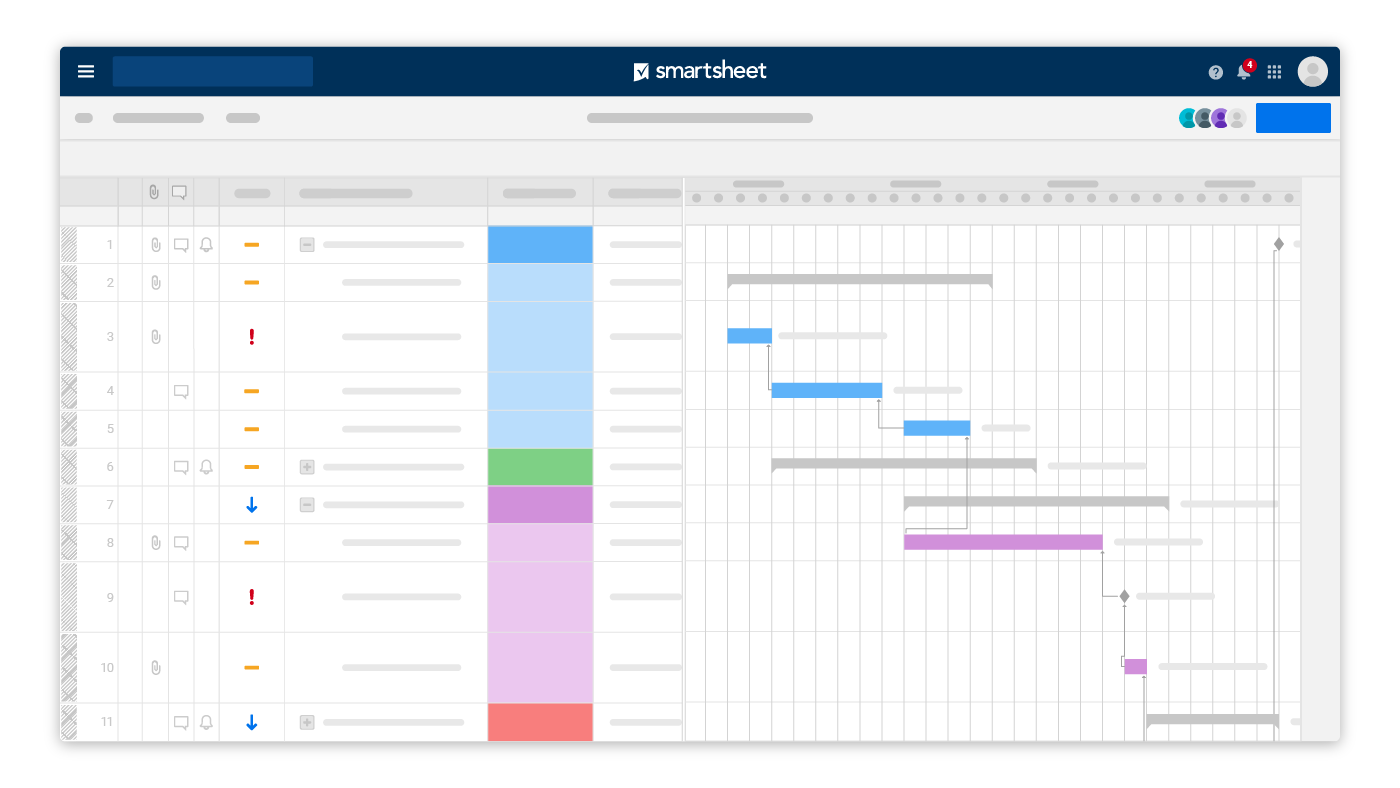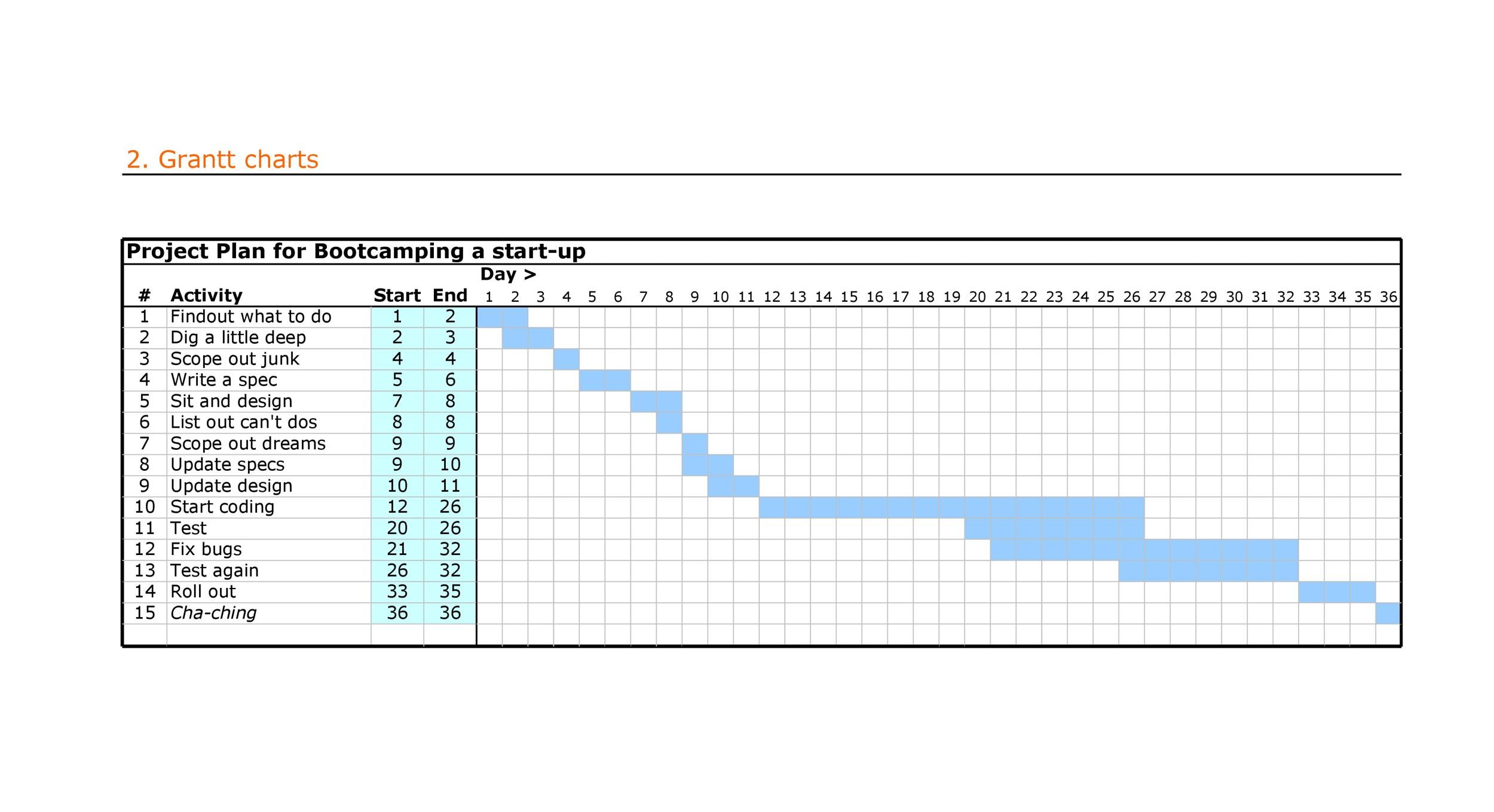

A Gantt chart assists project managers in keeping track of all sub-tasks in a project so that nothing is overlooked or delayed. TASKS: Major projects always seem to have a lot of sub-tasks.DUE DATES : The dates are one of the most essential aspects of a Gantt chart since they show project managers not only when the project will start and end, but also when each job will take place.In all, using a Gantt chart or a Gantt chart tool is useful during project management because it allows you to picture your project against the time frame it needs to be done in. They make it easy for teams to understand task progress and talk about the problems they may encounter. In addition to this, Gantt charts replace meetings and enhance other status updates. It helps project managers and project teams to assess how long a project should take, determine the resources needed, understand the dependencies between tasks, and plan the order in which each task will be completed if the whole project is to deliver on time.Īs the project moves forward, a Gantt chart adjusts simultaneously, displaying an up-to-date project schedule to keep everyone (teams, clients, and stakeholders) informed of the progress. And the timeline view offered by the Gantt Chart app is proven quite useful for planning and scheduling projects. Since they are simple to create, use, and keep track of, they prove to be of great help for managers.Ī Gantt Chart, in its simplest form, is a timeline that illustrates how the project will progress during the project management process. If you are wondering what is the uses of the Gantt chart and why it is useful for leaders, you need to know that these charts simplify the planning process.

Since we have revisited what Gantt charts are and how they got popularized, it’s time that we discuss how online Gantt charts make project management better. Therefore Henry Gantt is considered the inventor of Gantt Chart (hence the name). With time, it underwent some changes and evolved into Gantt charts. He designed a chart to help manufacturing managers to easily visualize their work schedule. Meanwhile, Henry Laurence Gantt, a management consultant and an engineer, was also working on the similar concept around 1910. The only problem was that all findings and other critical information were published in Polish and Russian only. The major reason behind inventing this diagram was to improve the way production schedules were displayed during that point of time.

The origin of the tool dates back to the late 1800s when a Polish engineer Karol Adamiecki invented a diagram called harmonograph. Gantt charts have an interesting history that needs to be shared. They represent critical information such as who is assigned to what, duration of tasks, and overlapping activities in a project.Īll in all, Gantt charts are the perfect allies for planning, scheduling, and managing a project. In simpler words, Gantt charts are a visual view of tasks displayed against time.
#Studiometry gantt charts how to

Top 11 benefits that Gantt charts offer:.


 0 kommentar(er)
0 kommentar(er)
